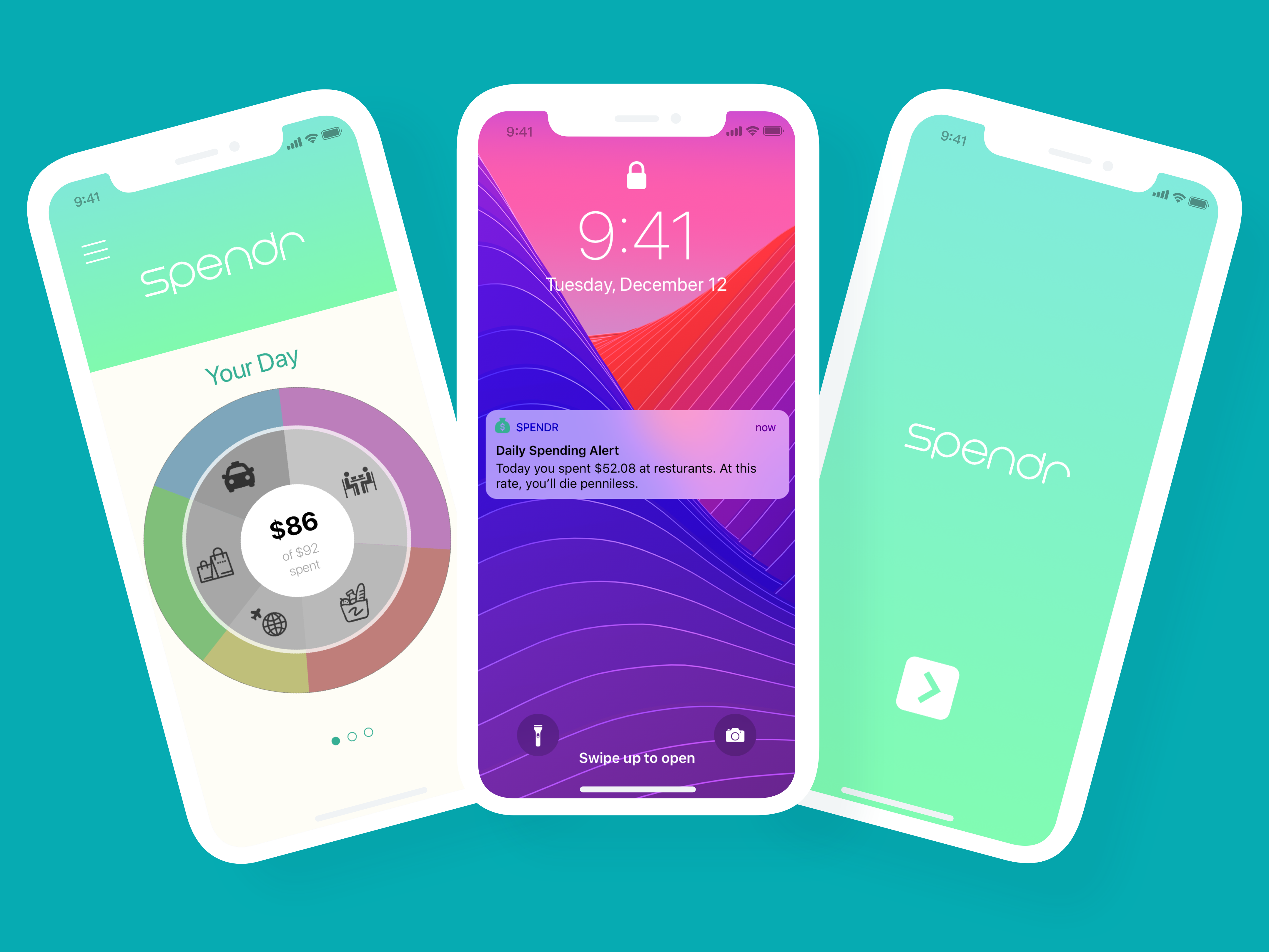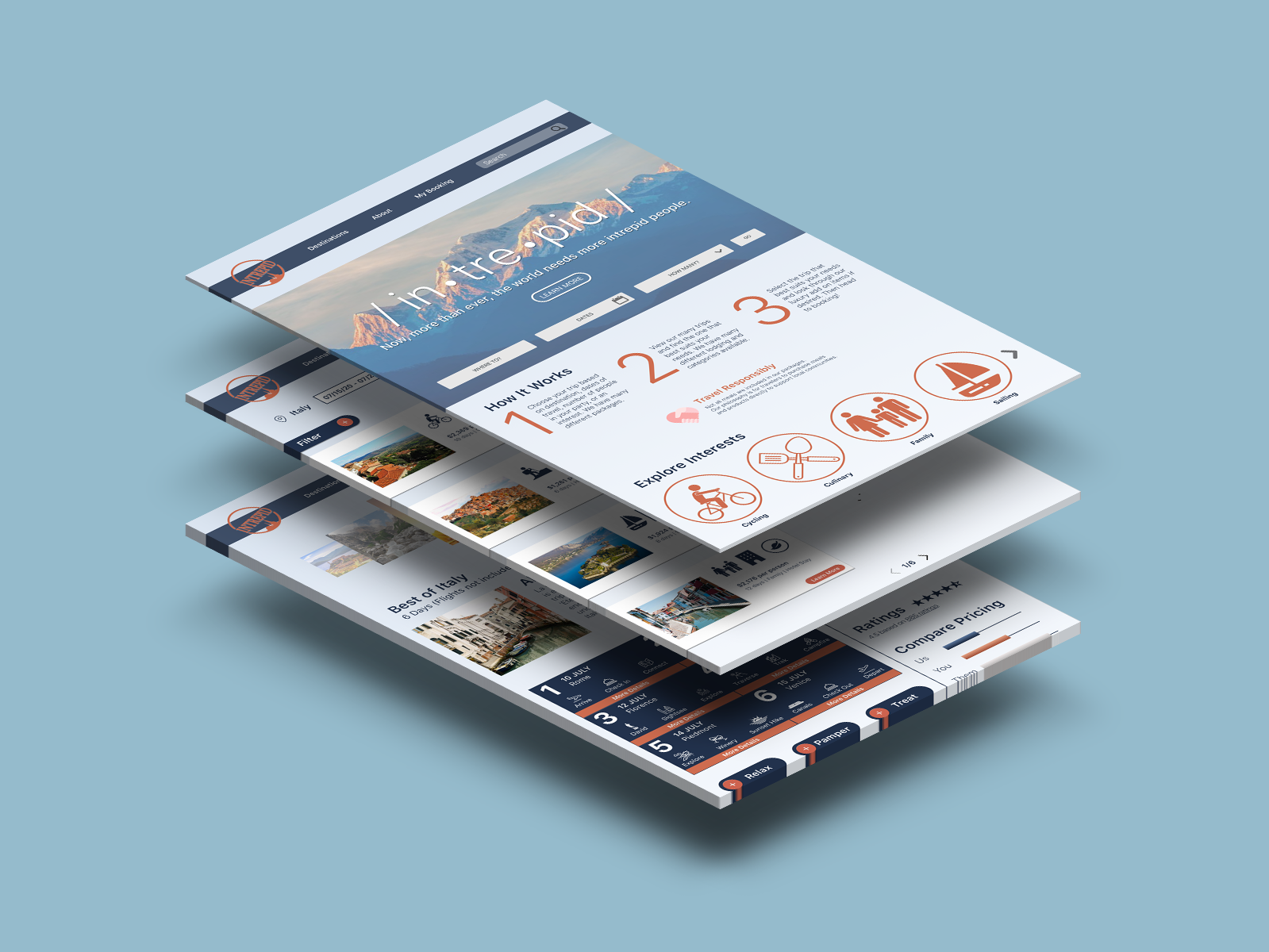The Challenge
Nearly 383,000 out-of-hospital sudden cardiac arrests occur annually, and 88% of those incidents occur at home. Unfortunately, approximately 70% of Americans may feel helpless to protect their loved ones in an emergency due to a lack of CPR knowledge and training. However, any individual is capable of learning CPR -- and they should.
The client, CPR Save, is an app that sends nearby responders to the scene of a cardiac emergency. To elevate its web presence and gain responders for CPR Save, we were enlisted to create a mobile website that would entice local individuals into becoming responders, and thereby create life-saving heroes.
Interviews
We interviewed both CPR certified individuals and individuals with little to no CPR background in an effort to gain insight into what the site would need in order to make people want to join. The overwhelming feedback was that without real life experience, no amount of CPR training made our users feel they could perform CPR in an emergency situation.
The trend among users was a resounding lack of confidence. If these individuals weren’t confident in their abilities, they wouldn’t sign up for the app, which would help them to gain real life experiences as CPR responders that would make them feel sure of themselves in the future. Which meant I needed to figure out what gives fully capable people the empowerment they need to act.
Surveys
In a survey of 28 people, and throughout interviews, it came to my attention that people gain the most confidence from speaking to others, and being part of a community. Overwhelmingly, users felt that community is a safe space that creates a sanctuary of support. People want to feel understood and connected, and in turn, that helps them to build confidence.
Competitive Analysis
There were not many direct competitors of the CPR Save App, so I focused my comparative and competitive analysis on companies that are building strong communities, one of which was the Adidas creators club. They leverage real people to give faces to their brand, highlight accomplishments, and then make you feel like you’re part of that community as well. This sentiment felt like something that could really motivate our users to get involved and be part of the CPR community we had the opportunity to build.
Defining
All of the research was synthesized into an affinity diagram, a map of key takeaways from the research combined and organized to create trends among our users.
Some key trends:
• Individuals want to engage themselves in a community for support, as well as share their stories.
• Users feel empowered by hearing testimonials and speaking about the topic.
• Users enjoy learning through visuals, videos, and simple step-by-step processes.
• All users feel CPR is important, but find the process of becoming certified to be tedious and usually only obtain it out of obligation.
Ideation
This research culminated in a design studio where we rapidly generated multiple iterations with our client. The design studio was illuminating because as each of our designs highlighted the research and community aspect while our client’s sketches were driven towards multiple avenues of urging people to download the app. There was a clear need to balance user and business needs.
It was a challenging process to merge user and business needs. We were able to accomplish this cohesion by providing a plan supported by user research data. Consistent and productive client communication allowed us to keep the client’s business needs at the forefront of our minds. Although challenging at first, the team collaboration and design process eventually led us to a final product that combined the two strategies in a seamless way.
Defining -- Revisited
Before creating the first iteration of our design, it was important to take what we learned and craft the problem and solution statement and persona. I created three personas originally, to highlight three different types of users: The novice user with no background in CPR, the intermediate user with CPR training/certification but no real world experience, and the practiced professional user who knew enough to teach a course or to administer CPR in a moment of need. After studying these three personas, we came to the conclusion that it would be most important to cater to the individual with no CPR training, as they would need the most help in order to become a responder for CPR Save.
Designing
I created a user flow to guide us in the process of making our initial wireframes to usability test. This helped us to flush out the details of what we wanted to include, as it was a main goal of our client to have the process be simple to use and ultimately drive potential future responders to download the app.
tESTING
Our design went through several iterations through many rounds of usability, A/B, and multivariate testing. I used my background in advertising and photography to create color palettes and font pairing options, and tested them on various individuals. Initial typography research suggested pairing bold, sans serif headlines with professional, serif body text. However, our users seemed to like a pairing of two sans serif fonts after rounds of A/B testing. A color scheme of red, blue, and yellow was created in order to create a call to action, a calm and inviting feeling, and empathy, respectively. Several versions of the colors were tested until we came to the final palette. I also tested buttons, placement, and formatting.
The Result
Our final design, showcased below, is the result of our cumulative testing and conclusions. We incorporated the red, yellow, and blue color scheme in the most user pleasing way, as well as combining two different sans serif fonts, while keeping the headlines bold and eye catching.
We begin with the Hero Community page to browse and share CPR stories.
We then head to the learning page to get tips on learning CPR, as well as common myths. At the end, we are prompted to take a quiz, and when we're finished, we are brought to a page to download the CPR Save App.
Lastly, we browse the "About," "Get Involved," and "Contact" pages.
Next Steps
If given more time, I would’ve liked to have conducted further research on long term memory retention. CPR, like any skill, needs to be practiced in order to become lodged in our brains. I would’ve liked to discover more about how often the facts need to be reiterated to help people succeed. Additionally, I would’ve loved to do a long term study into the mental health ramifications of administering CPR and not being able to save a person’s life, as not every instance of CPR is successful. It seems important, down the line, to include some sort of support within the community for those individuals who are unsuccessful and possibly feel guilty.
I could not have accomplished this mission without my team: Brandy Shin, Nick King Strong, and Tony Ivanenko, as well as the help, support, and idea of our client, Matthew Wolf.



